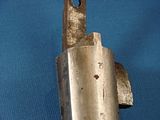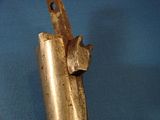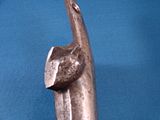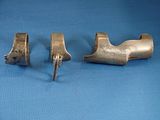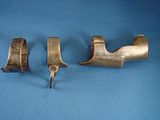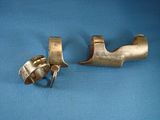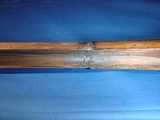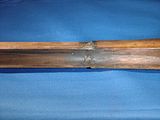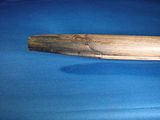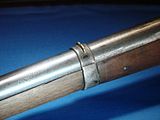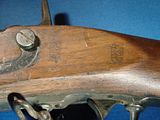Rick Davis
40 Cal.
- Joined
- Nov 6, 2006
- Messages
- 149
- Reaction score
- 1
Any estimates on approximate value?
Percussion, appears to be a conversion done in antiquity. I understand this is a "Remington" style conversion, more desirable than the Belgian or cone conversions. About 69 cal smooth-bore, ramrod doesn't look original. Sights are mounted on the barrel bands. Appears to be original length, little to no ramrod wear at muzzle. Refinished at some point. Appears to be shootable, nipple is usable.
Lock is marked "D Nippes", Daniel Nippes of Lower Merion Township, PA. Apparently this was an early Civil War musket and a tad on the rare side.
Can anyone verify the details I have (above) as correct?
It doesn't have, nor was ever fitted with band retaining springs. See first photo.
All photos enlarge with a click.
 -
-
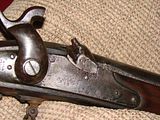 -
-
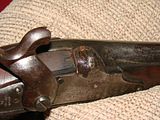 -
-
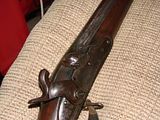 -
-
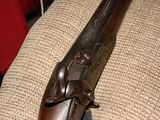 -
-
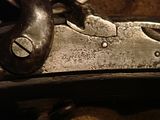 -
-
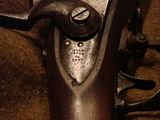 -
-
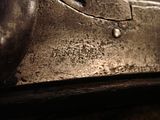 -
-
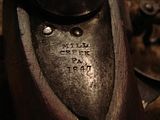
What are your thoughts?
Percussion, appears to be a conversion done in antiquity. I understand this is a "Remington" style conversion, more desirable than the Belgian or cone conversions. About 69 cal smooth-bore, ramrod doesn't look original. Sights are mounted on the barrel bands. Appears to be original length, little to no ramrod wear at muzzle. Refinished at some point. Appears to be shootable, nipple is usable.
Lock is marked "D Nippes", Daniel Nippes of Lower Merion Township, PA. Apparently this was an early Civil War musket and a tad on the rare side.
Can anyone verify the details I have (above) as correct?
It doesn't have, nor was ever fitted with band retaining springs. See first photo.
All photos enlarge with a click.
 -
-
 -
-
 -
-
 -
-
 -
-
 -
-
 -
-
 -
-

What are your thoughts?





